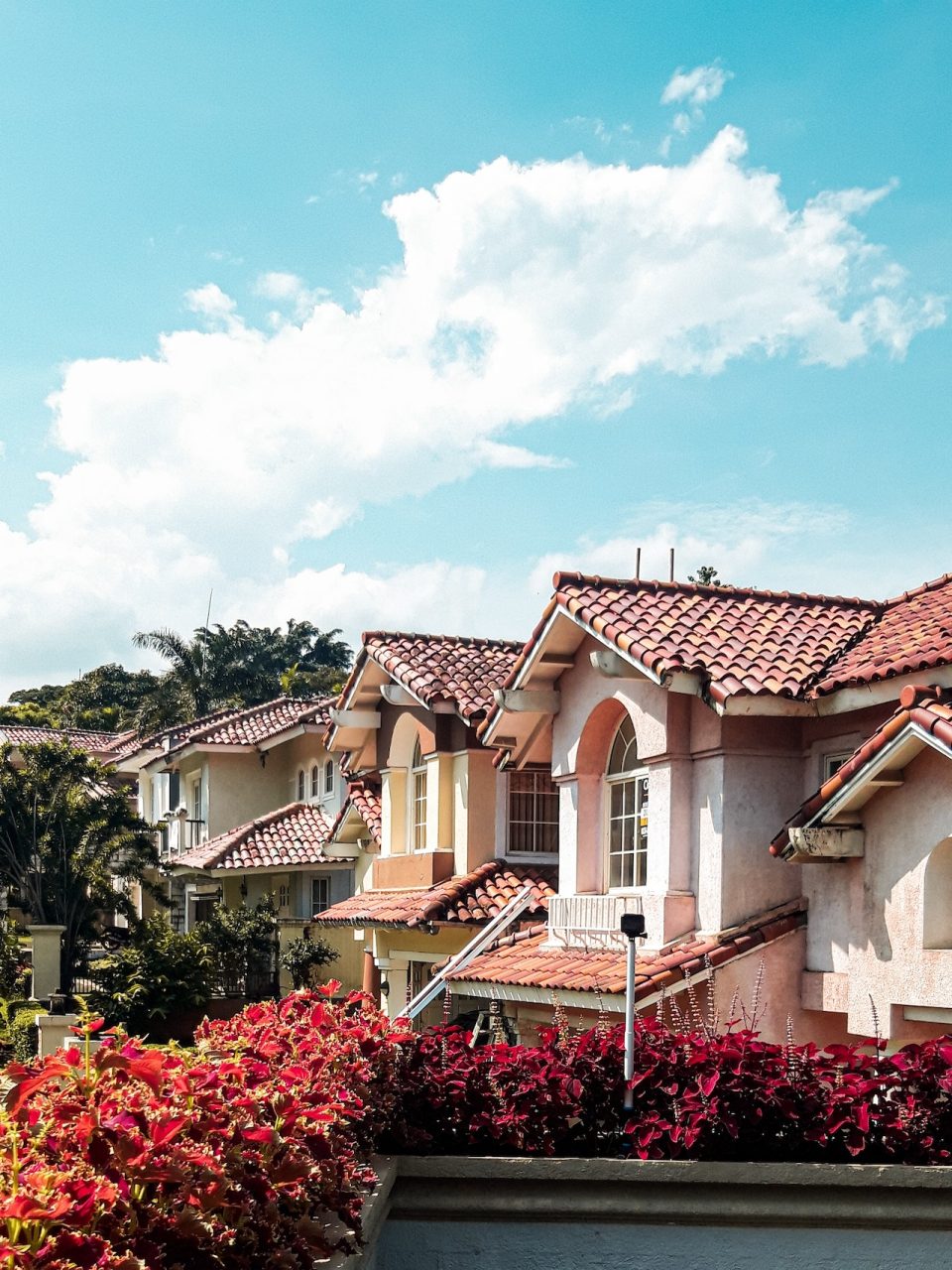Mortgage rates have surged again this week, attaining a 23-year high, intensifying the likelihood of an impending 8% mark. According to Freddie Mac, the rate on the average 30-year fixed mortgage ascended from 7.31% to 7.49% in the previous week, paralleling the spike in the yield of the 10-year Treasury, which reached a 16-year high. This marks the second consecutive week that rates have maintained their highest point since December 2000, with little indication of any impending softening.
As rates continue their steep ascent, prospective homebuyers with an eye on their wallets find themselves sidelined. Those still in pursuit of a home are leaning heavily on lower-rate alternatives, eager to secure rates before an anticipated further surge.
Lisa Sturtevant, chief economist at Bright MLS, a real estate data provider, reflected on the evolving scenario. “At the beginning of the year, it was widely expected that mortgage rates would fall to around 6% by the end of 2023. However, now the question is whether rates will hit 8% this year,” Sturtevant stated. “The gap between the yield on the 10-year Treasury and the rate on a 30-year fixed rate mortgage has been around 3 percentage points, so as the Treasury yield approaches 5%, an 8% mortgage rate does not seem unlikely.”
As mortgage rates hit a 23-year high, the demand for home purchases experienced its most lackluster week in nearly three decades. The Mortgage Bankers Association (MBA) survey for the week ending Sept. 29 reported a 6% decline in demand for mortgage applications to purchase a home, marking its lowest point since 1996. Overall, purchase demand was 22% lower than the same week a year ago.
“The rapid rise in rates pushed an increasing number of potential homebuyers out of the market,” commented Joel Kan, MBA’s chief economist.
The lone loans exhibiting any activity were the lower-rate alternatives. For instance, the share of applications for Federal Housing Administration (FHA) loans rose from 14.1% to 14.5% compared to the previous week. The MBA found that the average interest rate for a 30-year fixed FHA loan was 7.29% last week, nearly a quarter-point lower than the 7.53% rate for conforming loans.
Adjustable-rate mortgages (ARMs) also saw a rise, indicating a move towards seeking respite from higher rates. The MBA noted that the average contract rate for a five-year ARM was 6.49% for the week ending Sept. 29, significantly more favorable than the typical 30-year fixed conventional loan.
“Adjustable-rate mortgages are becoming more popular,” noted Sturtevant. “With an ARM, homebuyers are able to secure a rate that is a percentage point lower than a fixed-rate mortgage, with the expectation that they will be able to refinance in a couple of years.”
In tandem with the retreat of buyers, the number of homes available for sale is on the rise. According to Altos Research, the available inventory of single-family homes for sale increased by 1.3% for the week ending Oct. 2, projecting a potential uptick in unsold homes on the market through October.
“It’s common now to hear 8% mortgage rates being quoted to potential homebuyers. For many potential people in the market, it’s really easy for them to take a wait and see attitude,” noted Altos Research CEO Mike Simonsen in his weekly housing analysis. “Fewer offers are being made so inventory builds.”
Simultaneously, homeowners remain largely disinclined to sell. Nationwide, only 68,000 single-family homes were newly listed for the week ending Oct. 2, reflecting a 25% drop compared to the same period last year.
The scarcity of new inventory has so far upheld elevated prices, amplifying the impact of any rise in mortgage rates. Should the baseline rate reach 8%, homebuying activity is expected to further decline.
“The housing market will take a big hit this fall if rates do hit 8%. Prices won’t drop dramatically, because inventory is still relatively low, but transactions could fall to levels not seen since 2010,” cautioned Sturtevant. “The housing market will become a ‘market of necessity,’ where the buyers and sellers that are in the market are only those who have to move because of changes in the family, job, or financial circumstances.”
With mortgage rates at a 23-year high, the housing market faces unprecedented challenges, as potential buyers grapple with the highest borrowing costs in over two decades.
Source: Yahoo Finance

